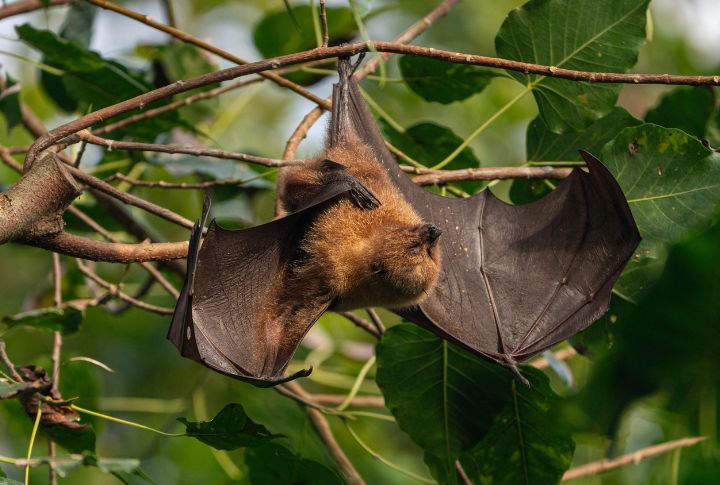
Flying foxes are those wide-eyed, fruit-loving giants of the night sky that you’ve probably never paid attention to. With wingspans that rival eagles and strong senses to keep the threats at bay, these megabats are more than just Halloween props. Let’s understand 10 intriguing traits that make flying foxes truly remarkable and explore the hidden depths of their lives.
Exceptional Wingspan And Size
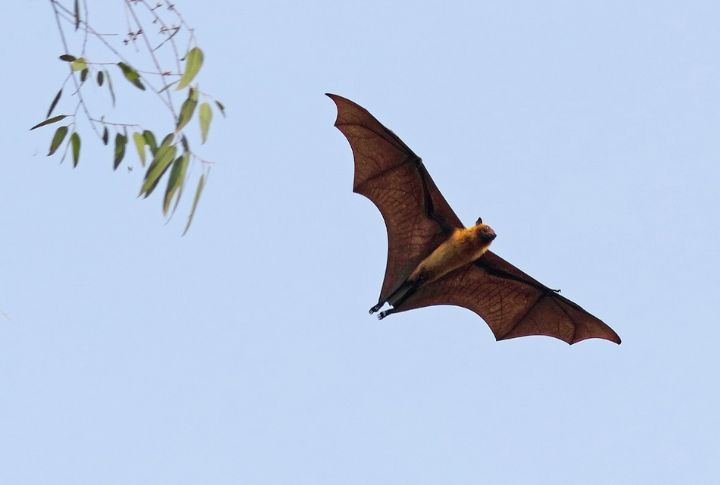
With wings over 5 feet wide, bodies up to 16 inches long, and weighing as much as 1.5 kilograms, these creatures are built for distance traveling. They fly expertly through their wings, supporting sustained flight and enabling them to explore longer in search of food.
Great Sense Of Smell And Sight
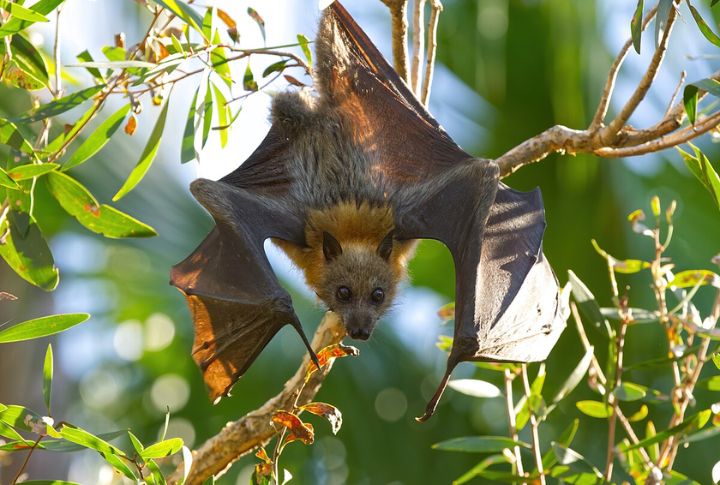
Flying foxes don’t use echolocation. Instead, they rely on sharp eyesight and a strong sense of smell to navigate the night. Their forward-facing eyes give them excellent night vision, helping them locate fruit with precision. These quiet foragers show that sharp senses can rival sonar in the dark.
Strict Herbivores
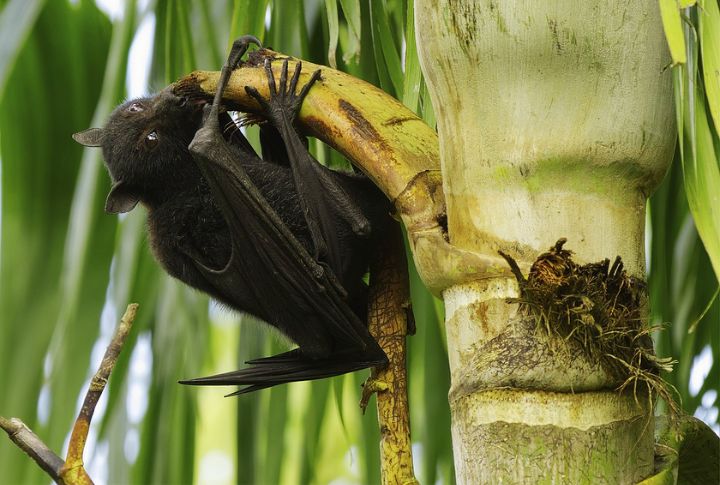
These are committed herbivores with a sweet tooth for ripe fruit. Mangoes and bananas are their favorites, but they also snack on leaves and use their brush-tipped tongue to sip nectar like pros. So, their eating isn’t only about indulgence, but precision feeding. By choosing the ripest fruits, flying foxes fuel their long nightly flights.
Diurnal Roosting Behavior

Flying foxes might be night owls, but their daytime routine is just as fascinating. They roost upside down on sturdy branches that provide safety and shade. And while you’d think they’re sleeping, they often stretch and groom. However, their colonies are easily rattled by the noise.
Important Ecosystem Engineers
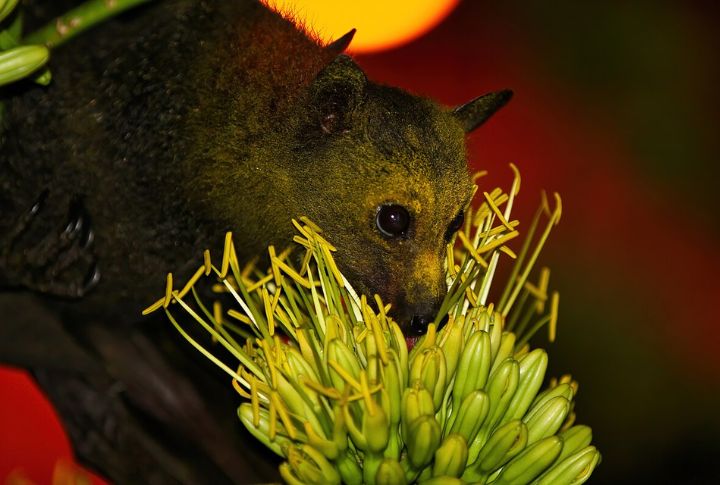
Forests owe much to the silent work of flying foxes. These bats travel long distances at night, dispersing seeds and pollinating trees as they feed. Many vital tree species rely on them to thrive. When flying fox populations fall, forest health and biodiversity decline right along with them.
Highly Social Animals
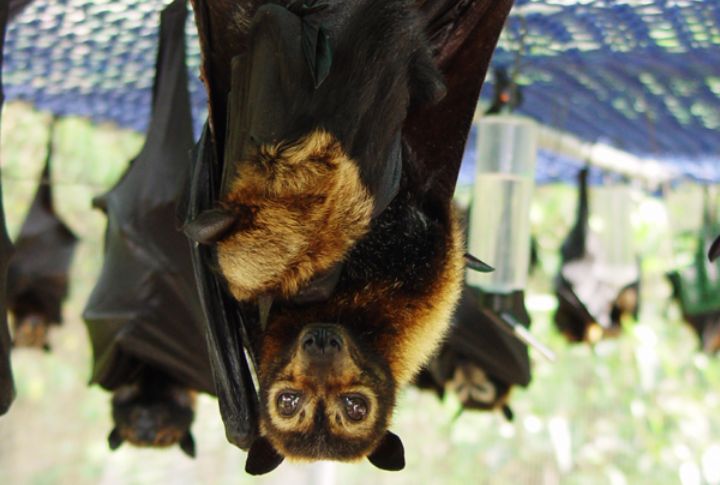
During the day, these bats gather in bustling colonies that help them stay safe and connected. Vocal calls maintain social bonds, and the closest bond is between mother and pup. The young bat clings to her until it’s strong enough to fly on its own.
Unique Reproductive Cycle
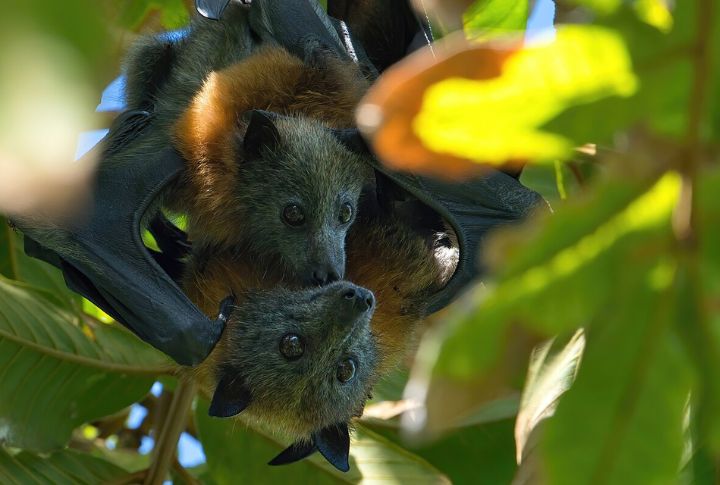
Flying foxes don’t rush into parenthood. Each year, a female welcomes just one pup. Mothers care for their young closely in group nurseries called creches, where pups grow together. By around two years of age, they reach maturity and begin the cycle themselves.
Vulnerability To Heat Stress
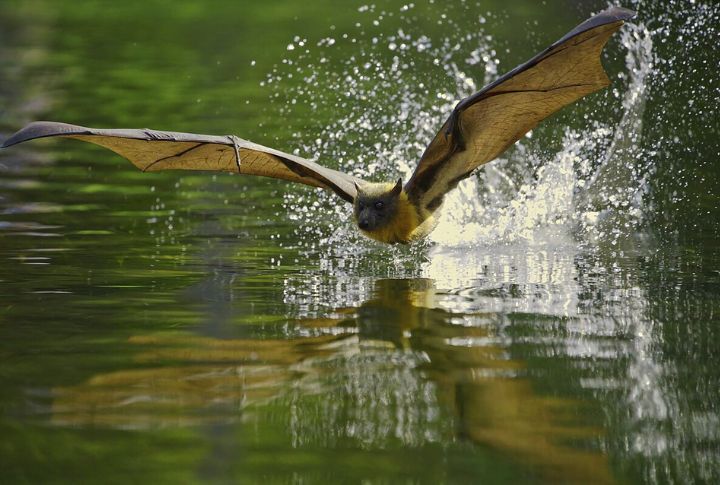
While these giant bats rule the twilight skies, they’re no match for the blazing heat of midday. They lack cooling systems, and during heat waves, it’s common to see hundreds succumb to heat stress. As climate change drives temperatures higher, the threat is only growing.
Sharp Memory
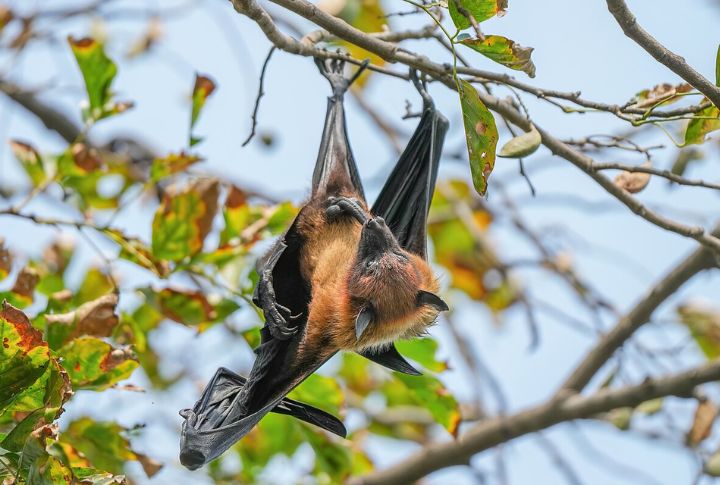
They retain mental maps of seasonal resources, allowing efficient foraging even in large territories. Instead of relying on random searches, they recall what once worked and return to proven food sources. This smart strategy gives them an edge at places where food can be scarce or scattered.
Relatively Long Lifespan
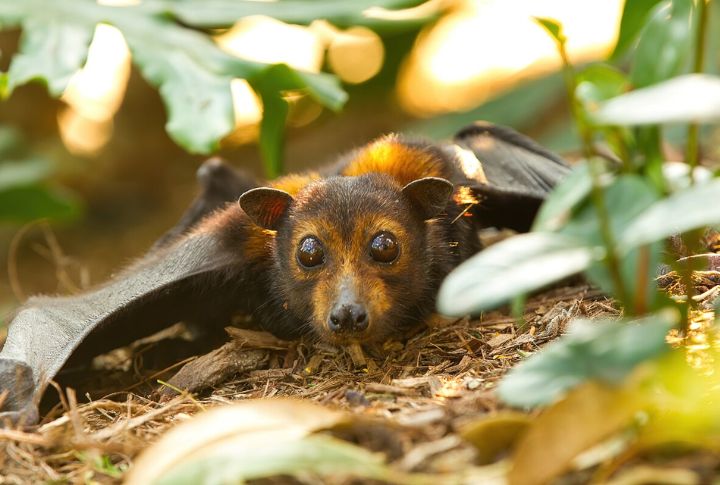
Known to live life at a slower and steadier pace, they can soar through life for 15 to 30 years in the wild. Although disease and dwindling food supplies pose threats, their impressive lifespan helps them endure and recover when the environment supports their survival.

